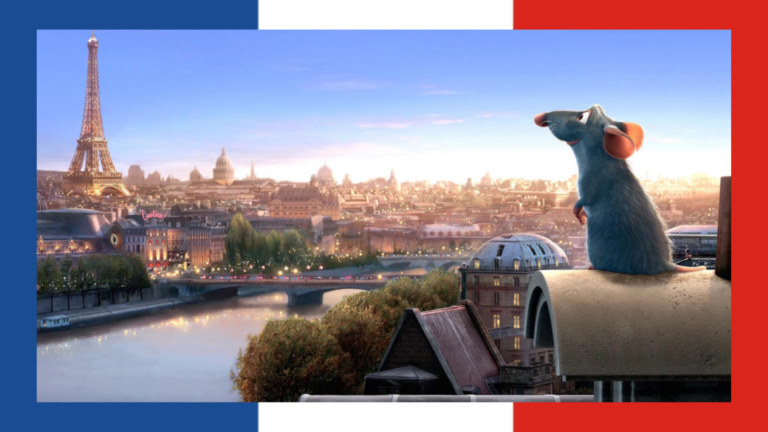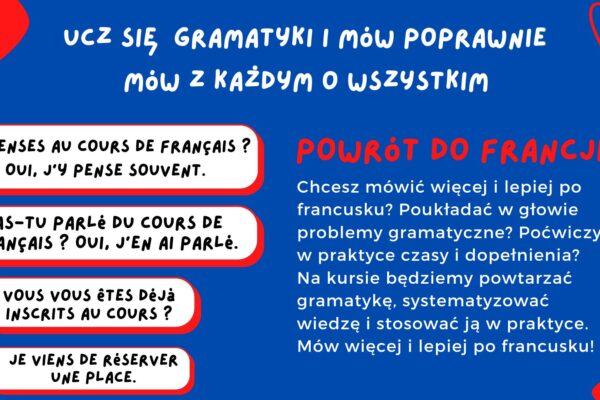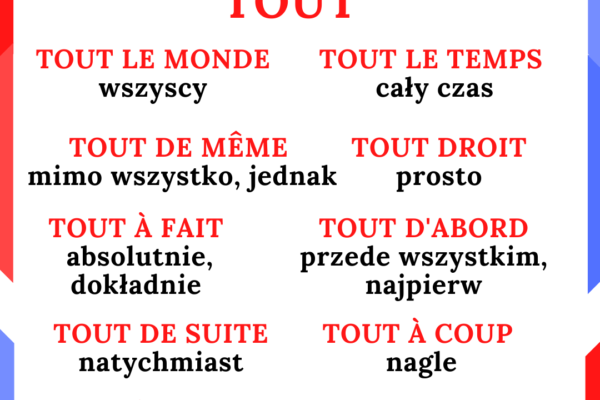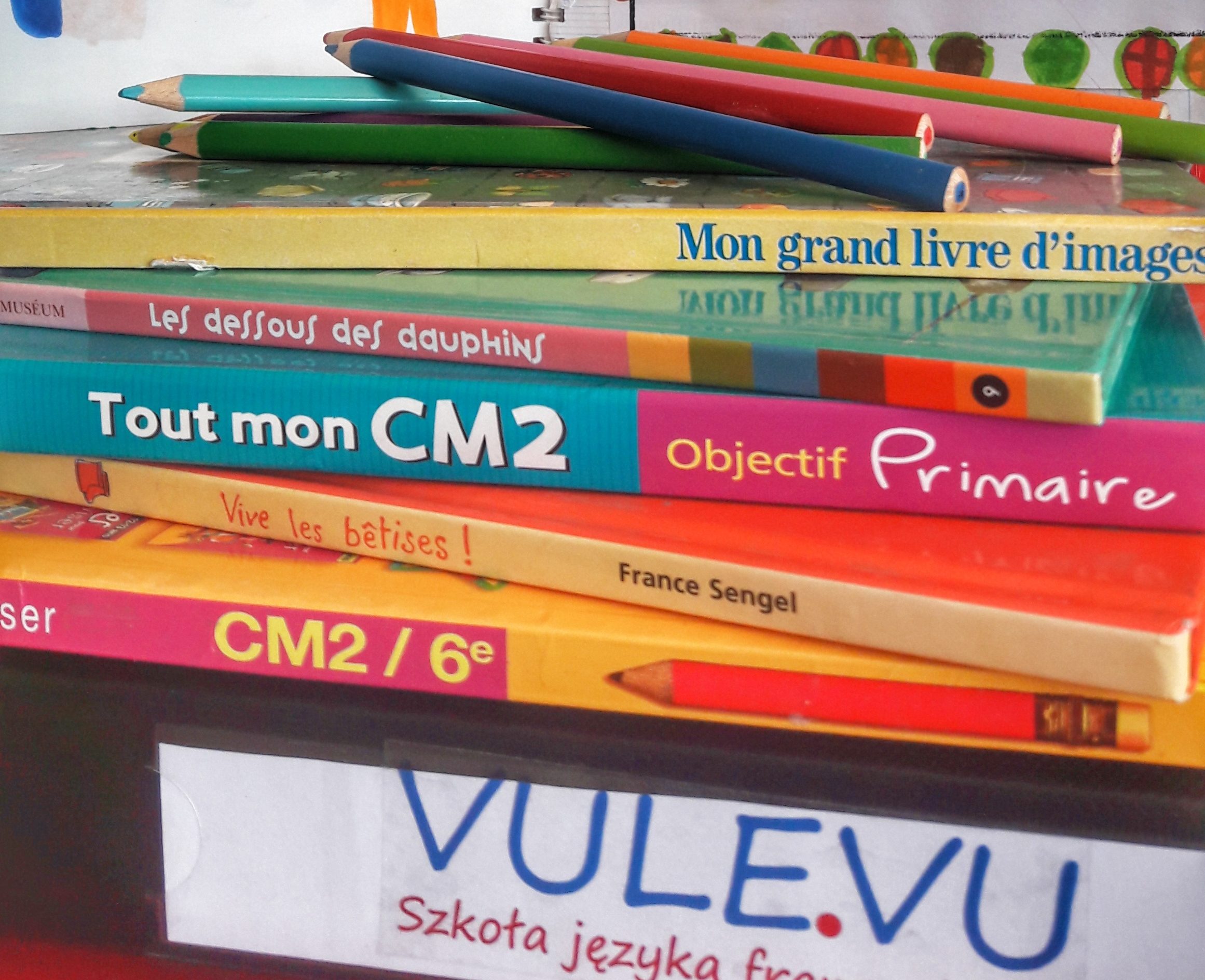Czy wiecie, kiedy używać IL Y A a kiedy C’EST? Poniżej definicja z przykładami:
Il y a jest / są / znajduje się / znajdują się + egzystencja
(ang. there is / there are)
Il y a > JEST/SĄ ≠ Il n’y a pas NIE MA
Il y a une table libre ? Czy jest wolny stolik?
Il n’y a pas de table libre. Nie ma wolnego stolika.
Il y a des billets pour le spectacle ? Czy są bilety na spektakl?
Il n’y a pas de billets. Nie ma biletów.
Il y a trois personnes dans la salle. Są trzy osoby w sali.
Il y a une information dans le texte. Jest informacja w tekście.
Il n’y a pas d’information dans le texte. Nie ma informacji w tekście.
Il y a une réunion cet après-midi. Jest zebranie po południu.
Il n’y a pas de réunion. Nie ma zebrania.
C’est to jest + charakterystyka, wskazanie
(ang. This is..)
C’est > TO JEST ≠ Ce n’est pas > TO NIE JEST
To jest / To nie jest KTO / CO / JAKIE:
C’est difficile. To jest trudne.
Ce n’est pas difficile. To nie jest trudne.
C’est une réunion des parents. To jest zebranie rodziców.
Ce n’est pas une réunion, c’est une conférence. To nie jest zebranie, to jest konferencja.
C’est mon mari. To jest mój mąż.
Ce n’est pas mon mari. To nie jest mój mąż.
C’est le Louvre. To jest Luwr.
Ce n’est pas le Louvre. To nie jest Luwr.
Ce sont > TO SĄ ≠ Ce ne sont pas > TO NIE SĄ
(ang. These are.. )
Ce sont des rats ? Non, ce ne sont pas des rats, ce sont des souris.
To są szczury? Nie, to nie są szczury, to są myszy.
👇
Il y a des animaux dans la cuisine ! > egzystencja
Ce sont des animaux dans la cuisine !
Ce sont des rats ?
Non, ce ne sont pas des rats, ce sont des souris. > charakterystyka
Są jakieś zwierzęta w kuchni! To są szczury? Nie, to nie są szczury, to są myszy.









